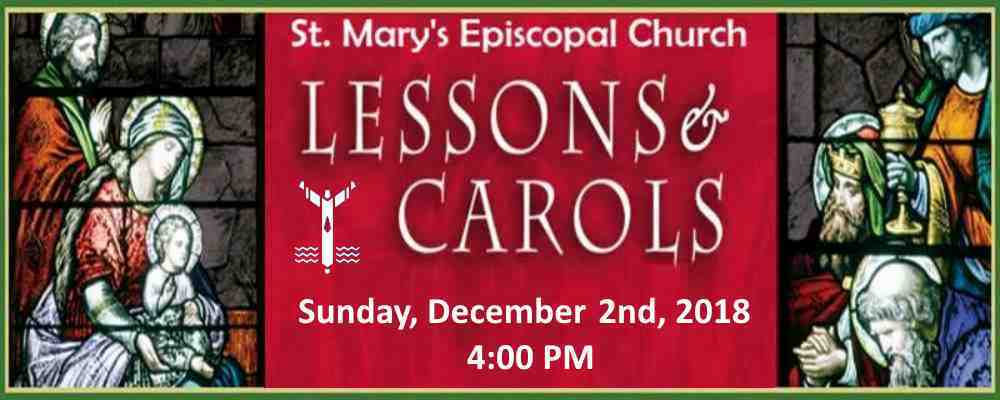A few ago in church we considered the parable of the Good Samaritan, Jesus’ response to the question, ‘Who is my neighbor?’ As is typical in the Church today we considered it as showing us how to treat one another and how to expand our sense of neighbor.
Along with this literal and moral reading, the Church has for most of her history interpreted the parable allegorically, pointing to Christ and our salvation. Here is how the second century biblical scholar Origen put it, emphasizing that this was not his creation but what he had received. (This is from Origen, Homily 34 from Wikipedia and from Feingold, Lawrence, Faith Comes from What Is Heard: An Introduction to Fundamental Theology, page 14.)
The man who was going down is Adam. Jerusalem is paradise, and Jericho is the world. The robbers are hostile powers. The priest is the Law, the Levite is the prophets, and the Samaritan is Christ. The wounds are disobedience, the beast is the Lord’s body, the [inn], which accepts all who wish to enter, is the Church. … The manager of the [inn] is the head of the Church, to whom its care has been entrusted. And the fact that the Samaritan promises he will return represents the Savior’s second coming.
This sort of allegorical interpretation does not take away from the historical or moral readings that come more naturally to us. However, allegorical readings go back to St. Paul and Jesus himself. They show us Jesus in every part of Scripture and in this case shows us, among other things, that the deepest most profound answer to the question, “Who is my neighbor?” Is “Jesus Christ, who loves us as he loves himself.”







Leave A Comment